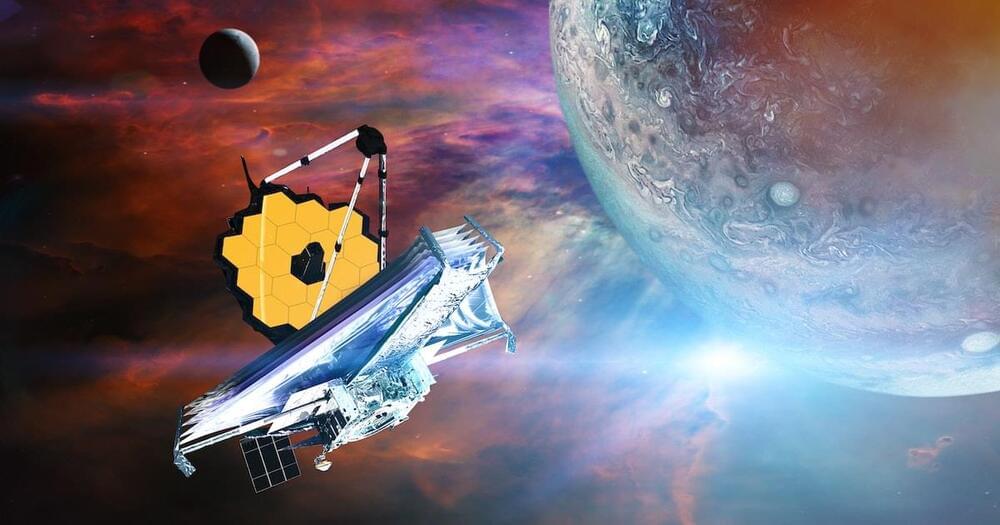The production of nanodiamonds from PET plastic paves the way toward a new form of recycling, and even has implications for exoplanets that rain diamonds.


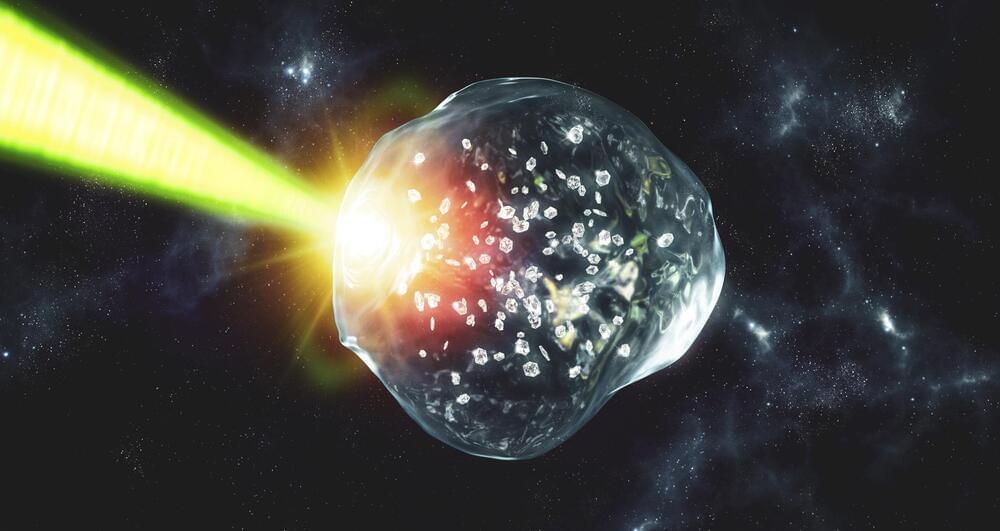
A new study has found that “diamond rain,” a long-hypothesized exotic type of precipitation on ice giant planets, could be more common than previously thought.
In an earlier experiment, researchers mimicked the extreme temperatures and pressures found deep inside ice giants Neptune and Uranus and, for the first time, observed diamond rain as it formed.
Investigating this process in a new material that more closely resembles the chemical makeup of Neptune and Uranus, scientists from the Department of Energy’s SLAC National Accelerator Laboratory and their colleagues discovered that the presence of oxygen makes diamond formation more likely, allowing them to form and grow at a wider range of conditions and throughout more planets.
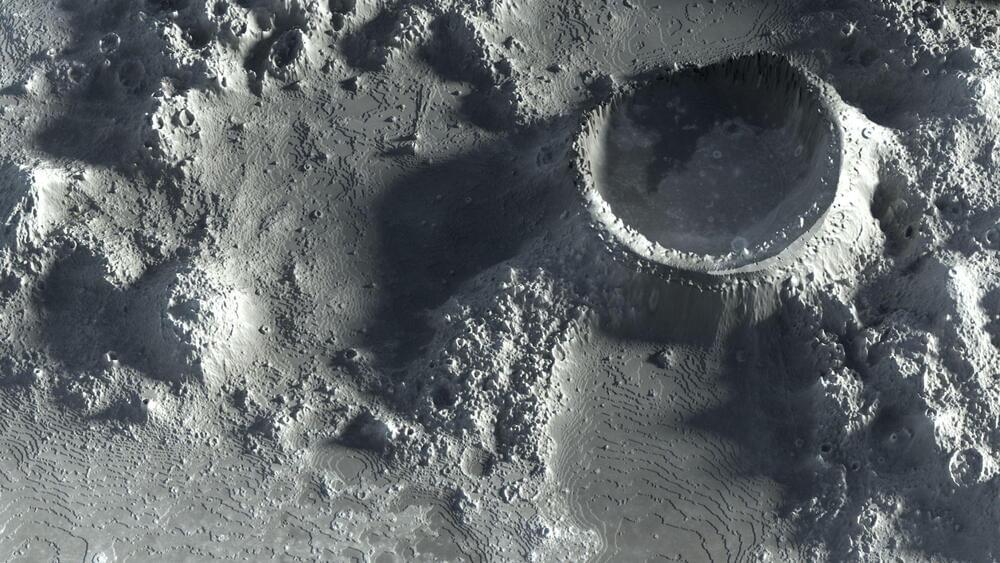
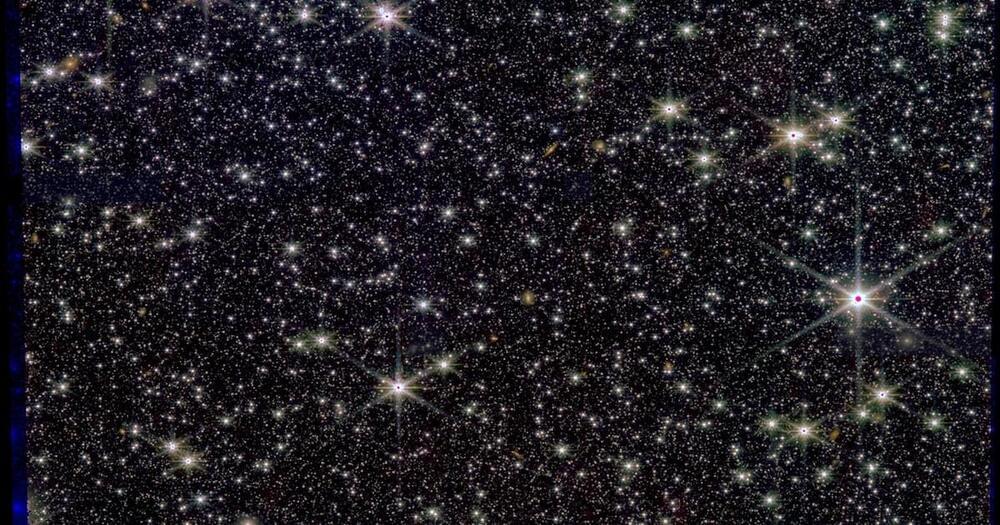
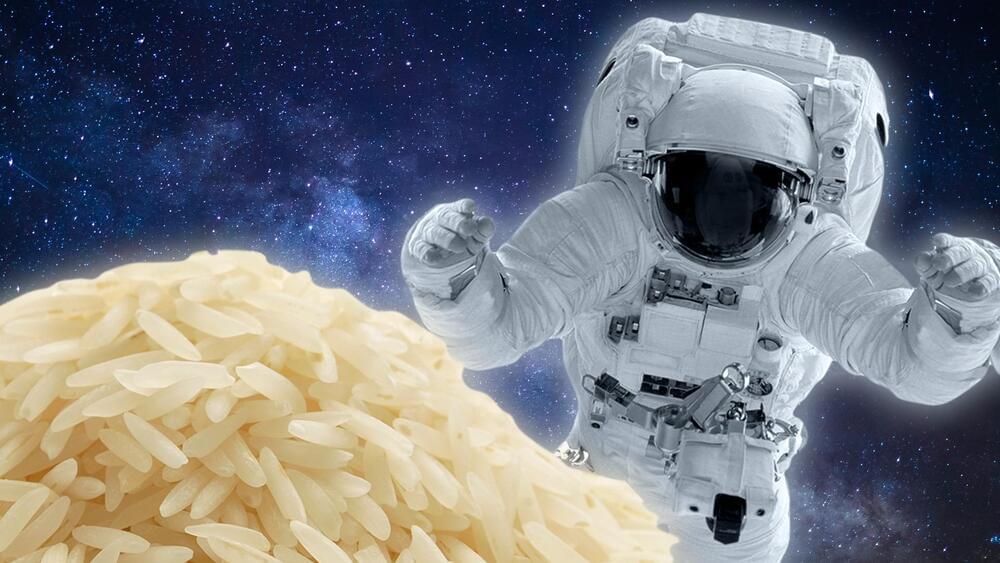
Little is known about the specifications of the project, but it is edging closer.
Last november, south china morning post.
Now, SpaceNews has reported that the reactor has passed a comprehensive performance evaluation by the China’s Ministry of Science and Technology. However, the Chinese media outlets cited by the publication have not released any technical details of the reactor.
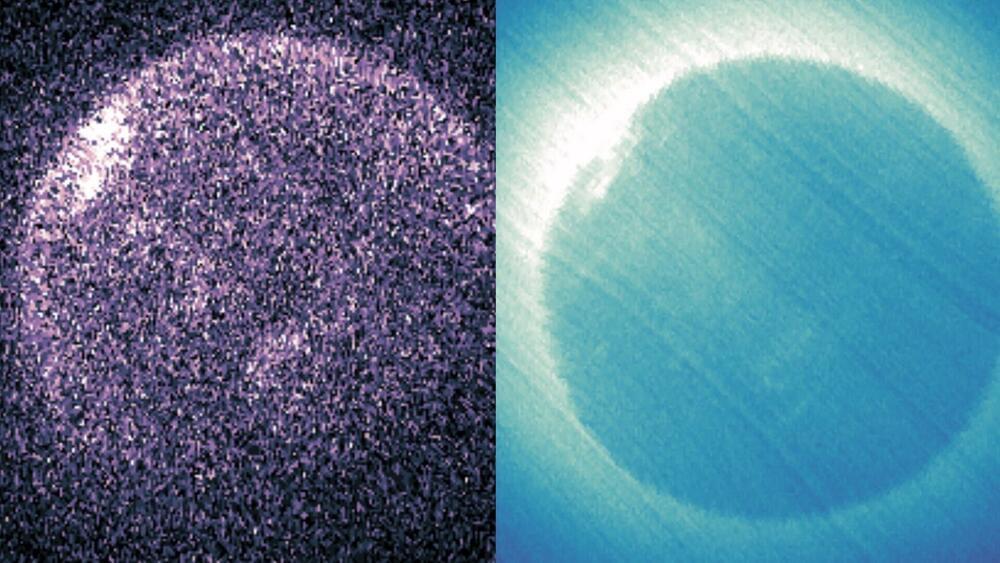

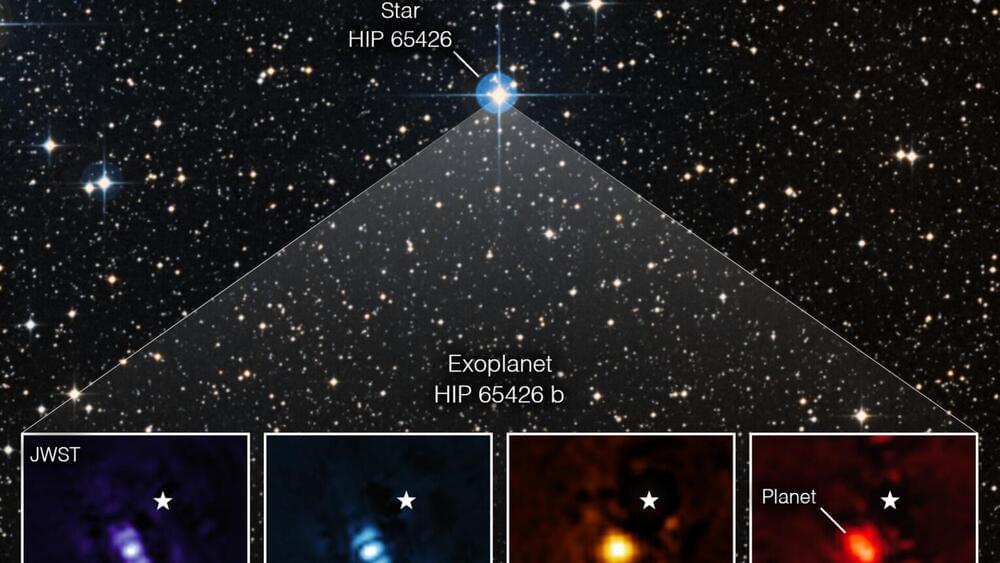
Exoplanets are rarely seen in images.
In a first for the James Webb Telescope, astronomers from the joint NASA/ESA/CSA cooperative used the space-based telescope to bring back images of an exoplanet. Exoplanets are planets orbiting other suns than our own, helping us to understand if we are unique in the universe or if other Earth-like planets exist.
ESA
The images of the exoplanet are seen through four different light filters. They show a gas giant, a planet with no rocky surface that could not be habitable. The light filters show how the infrared telescope’s gaze is easily capturing images of planets out beyond our solar system. These images lead the way toward future observations that can reveal a broad range of information never before seen on exoplanets.
